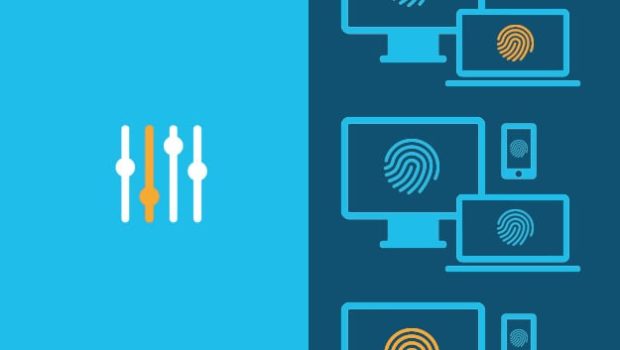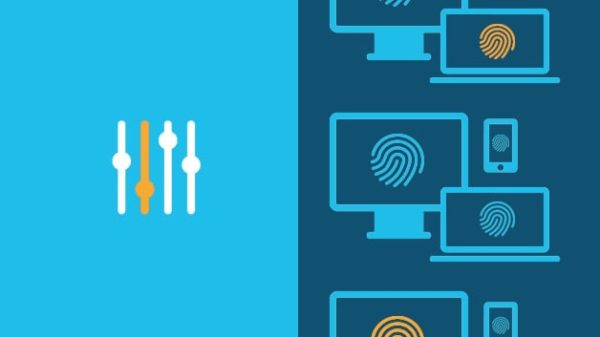A Comprehensive Guide to Understanding Access Control Systems
Access control permits entry only to those allowed to be in a building or an office. For four millenniums, a deadbolt lock with a brass key has been used to control who accesses a building or office. But today, more efficient ways of controlling access to buildings have emerged. These new systems control who gains access to your premises and manage and monitor how people come in and go.
Brass keys have given the mantle to electronic control options that give authorized people a quick and convenient entry while preventing illegal entrances. To learn more about restricting access to buildings, you may want to check nedapsecurity.com
Access Control System Options
In addition to access control systems that are locally hosted (with an on-site server), below are three more options.
1. Internet of Things Based Access Control Option
Smartphone technology is an excellent example of this kind of control option. Think about the pixel phone as a powerful sensor featuring internet connectivity, NFC, Bluetooth energy, auto-updating firmware, etc. It describes what an Internet of Things door reader does. Therefore, an IoT control system is connected to the internet, and its firmware is automatically updated on all security matters. It can also add new functionality.
2. Smartphone-Mobile Based Access Control System
This option functions on a similar concept as a smartphone accessed email. After downloading the application, the user can read and answer emails once they key in the correct login details. In the case of mobile-based control systems, a user downloads the application after authorization. With their sign-in information, the user accesses their account and immediately gets authorized keys from which they choose the door they want to open.
3. Cloud-Based Access Control System
Cloud is used to store access permissions in access control systems instead of local servers. This allows the administrator to control permissions from anywhere in the world as long as they can browse. For companies with several branches, this is the ideal access control option.
Ways of Managing User Permissions
1. Discretionary Access Control
This approach is the least restrictive. With this option, the administrator chooses who can enter a building or office. The discretionary option gives managers full control over the sections they oversee.
2. Mandatory Access Control
This is the most restrictive approach because the administrator must give each person a label that allows them access. The label is created following the policy of the access control system. All actions taken by the owner of the label are tested against the policy of the access control.
3. Role-Based Access Control
User permissions are commonly managed using role-based access control. This kind of system entails granting permission to responsibilities, and then those responsibilities are allotted to users. The role-based approach features a rights-based permit that depends on attributes like environment, resource needs, job, etc. If your company requires access permission audits for internal systems we recommend SecureLink to make the process more streamlined and secure.
Summary
The security and safety of your premises are paramount. Information, property, and workers need to be protected. This guide will help you make the right decision on the control option suitable for your business and the ways of control that best suits your setup.








![The Groupon Effect [Infographic]](https://technofaq.org/wp-content/uploads/2018/04/the-groupon-effect-150x150.png)



![Sports Starburst on Social Media [Infographic]](https://technofaq.org/wp-content/uploads/2017/12/Infographic-increasing-sport-socialmedia-150x150.png)




